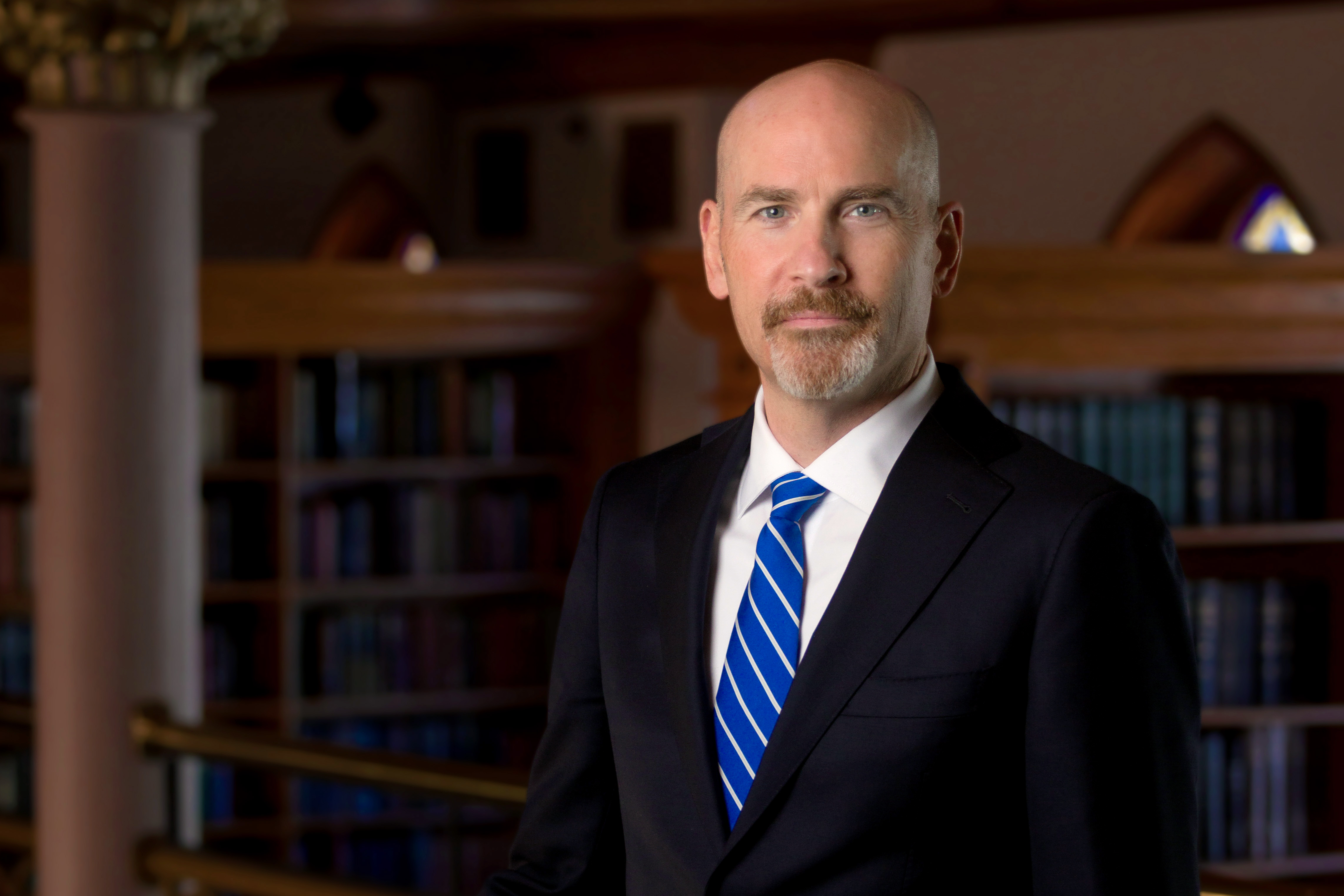Their project, Unification for Underground Resilience Measures (UNUM), supported by the U.S. National Science Foundation (NSF) and U.S. Department of Homeland Security (DHS), aims to bolster the ability of first New York City and, ultimately, of cities nationwide to prepare for and respond to crises and disasters by making critical information on community infrastructure robust, open, transparent, and easy for key stakeholders to share and act upon.
Focused on Sunset Park, Brooklyn, and the Grand Central Business Improvement District, Manhattan, UNUM addresses a key obstacle to resilient response to such disasters as floods and hurricanes: insufficient data about the city’s underground infrastructure, comprising utility systems that are often — literally — underfoot and overlooked because of poor, fragmented or no data at all.
“A lot of infrastructure information is typically held in proprietary systems, stored in separate silos, and likely to be in incompatible formats,” explained Laefer. “Therefore, overcoming current data integration barriers requires the design of seamless, interoperable, 3D data storage and visualization systems and a willingness to share data with appropriate security measures in place.”
Laefer, who is also a faculty member of the Center for Urban Science and Progress (CUSP) at NYU Tandon, explained that because of the interconnected and interoperable nature of utility services, infrastructure issues in one neighborhood may have direct and/or cascading effects in others.
“A transformer overload in one area may cripple services in distant neighborhoods,” she explained. “So full knowledge, including at the community level, of subsurface usage is critical to improving natural hazard resilience, identifying threats and vulnerabilities and designing effective mitigation strategies.”
With the involvement of key city and community stakeholders, UNUM will employ the Model for Underground Data Definition and Interchange, an open modeling framework for standardizing underground utility information led by the Open Geospatial Consortium (OGC). It will also be supported by expertise and feedback from 31 unique stakeholders including:
- Alfred Cerullo, CEO and President, Grand Central Partnership;
- Starling Childs, Co-Founder and CEO, Gingko;
- Dan Eschenasy, Chief Structural Engineer, NYC Department of Buildings;
- David LaShell, NYC Manager, ESRI;
- Terri Matthews, Director, Town+Gown NYC: NYC @ NYC DDC
- Phil Meis, Chair and Member, Utility Engineering and Surveying Institute (UESI) of the American Society of Civil Engineers, through the OGC;
- Porie Saikia-Eapen, Director, Environmental, Sustainability & Compliance at the Metropolitan Transportation Authority (MTA);
- Frank Winters, Geographic Information Officer, NYS Office of Information Technology Services;
- Representatives from local utility companies, community groups, grassroots environmental organizations, and elected officials
In its second phase, the project will use the two neighborhoods as test beds to refine a strategy that can be applied across multiple jurisdictions throughout the U.S. in order to help cities nationwide assess threats and vulnerabilities of vital infrastructure systems, and identify single points of failure and triggers to cascading effects.
Funded with $11 million from the NSF, in partnership with the U.S. Department of Energy and DHS, The Civic Innovation Challenge is a national research and action competition in the smart and connected communities domain.
At the end of Stage 1, NSF will select, through a merit-review process, a number of Stage 2 awardees who will each receive up to $1 million to support project implementation.
More information about the competition and the Stage 1 winners can be found at nsfcivicinnovation.org/stage-1-awardees/
About the New York University Tandon School of Engineering
The NYU Tandon School of Engineering dates to 1854, the founding date for both the New York University School of Civil Engineering and Architecture and the Brooklyn Collegiate and Polytechnic Institute. A January 2014 merger created a comprehensive school of education and research in engineering and applied sciences as part of a global university, with close connections to engineering programs at NYU Abu Dhabi and NYU Shanghai. NYU Tandon is rooted in a vibrant tradition of entrepreneurship, intellectual curiosity, and innovative solutions to humanity’s most pressing global challenges. Research at Tandon focuses on vital intersections between communications/IT, cybersecurity, and data science/AI/robotics systems and tools and critical areas of society that they influence, including emerging media, health, sustainability, and urban living. We believe diversity is integral to excellence, and are creating a vibrant, inclusive, and equitable environment for all of our students, faculty and staff. For more information, visit engineering.nyu.edu.
###



